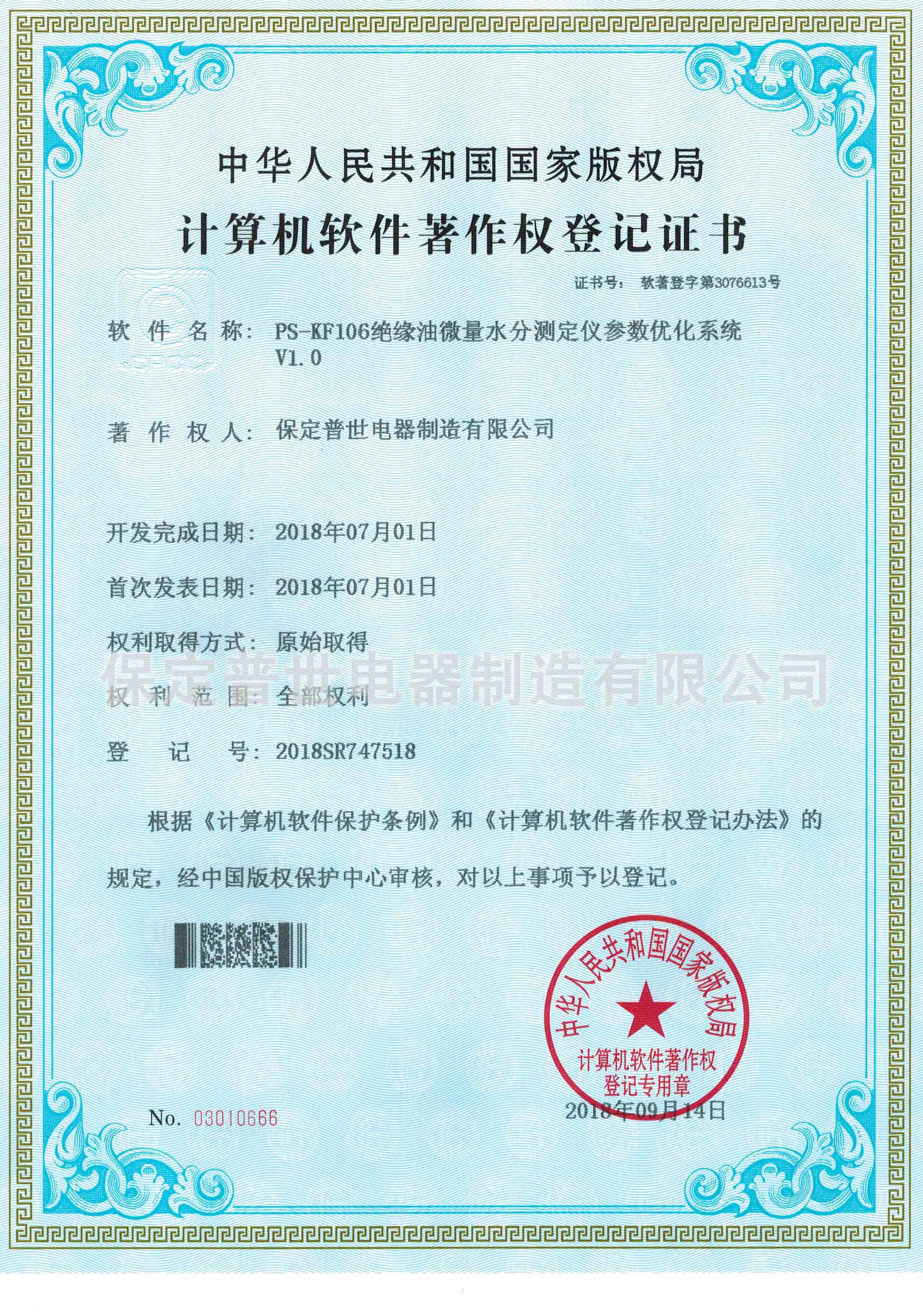 English
English



-
 Afrikaans
Afrikaans -
 Albanian
Albanian -
 Amharic
Amharic -
 Arabic
Arabic -
 Armenian
Armenian -
 Azerbaijani
Azerbaijani -
 Basque
Basque -
 Belarusian
Belarusian -
 Bengali
Bengali -
 Bosnian
Bosnian -
 Bulgarian
Bulgarian -
 Catalan
Catalan -
 Cebuano
Cebuano -
 China
China -
 China (Taiwan)
China (Taiwan) -
 Corsican
Corsican -
 Croatian
Croatian -
 Czech
Czech -
 Danish
Danish -
 Dutch
Dutch -
 English
English -
 Esperanto
Esperanto -
 Estonian
Estonian -
 Finnish
Finnish -
 French
French -
 Frisian
Frisian -
 Galician
Galician -
 Georgian
Georgian -
 German
German -
 Greek
Greek -
 Gujarati
Gujarati -
 Haitian Creole
Haitian Creole -
 hausa
hausa -
 hawaiian
hawaiian -
 Hebrew
Hebrew -
 Hindi
Hindi -
 Miao
Miao -
 Hungarian
Hungarian -
 Icelandic
Icelandic -
 igbo
igbo -
 Indonesian
Indonesian -
 irish
irish -
 Italian
Italian -
 Japanese
Japanese -
 Javanese
Javanese -
 Kannada
Kannada -
 kazakh
kazakh -
 Khmer
Khmer -
 Rwandese
Rwandese -
 Korean
Korean -
 Kurdish
Kurdish -
 Kyrgyz
Kyrgyz -
 Lao
Lao -
 Latin
Latin -
 Latvian
Latvian -
 Lithuanian
Lithuanian -
 Luxembourgish
Luxembourgish -
 Macedonian
Macedonian -
 Malgashi
Malgashi -
 Malay
Malay -
 Malayalam
Malayalam -
 Maltese
Maltese -
 Maori
Maori -
 Marathi
Marathi -
 Mongolian
Mongolian -
 Myanmar
Myanmar -
 Nepali
Nepali -
 Norwegian
Norwegian -
 Norwegian
Norwegian -
 Occitan
Occitan -
 Pashto
Pashto -
 Persian
Persian -
 Polish
Polish -
 Portuguese
Portuguese -
 Punjabi
Punjabi -
 Romanian
Romanian -
 Russian
Russian -
 Samoan
Samoan -
 Scottish Gaelic
Scottish Gaelic -
 Serbian
Serbian -
 Sesotho
Sesotho -
 Shona
Shona -
 Sindhi
Sindhi -
 Sinhala
Sinhala -
 Slovak
Slovak -
 Slovenian
Slovenian -
 Somali
Somali -
 Spanish
Spanish -
 Sundanese
Sundanese -
 Swahili
Swahili -
 Swedish
Swedish -
 Tagalog
Tagalog -
 Tajik
Tajik -
 Tamil
Tamil -
 Tatar
Tatar -
 Telugu
Telugu -
 Thai
Thai -
 Turkish
Turkish -
 Turkmen
Turkmen -
 Ukrainian
Ukrainian -
 Urdu
Urdu -
 Uighur
Uighur -
 Uzbek
Uzbek -
 Vietnamese
Vietnamese -
 Welsh
Welsh -
 Bantu
Bantu -
 Yiddish
Yiddish -
 Yoruba
Yoruba -
 Zulu
Zulu
moisture content
Understanding Moisture Content and Its Importance
Moisture content is a critical factor in various fields, including agriculture, food science, construction, and environmental science. It refers to the amount of water present in a substance, usually expressed as a percentage of the total weight. Understanding moisture content is essential for several reasons, as it can significantly affect the quality, safety, and durability of materials and products.
In agriculture, moisture content plays a vital role in determining the optimal conditions for crop growth, harvesting, and storage. For instance, the moisture content of soil influences its ability to support plant life. Soils that are too dry can hinder plant growth, while overly saturated soils can lead to root rot and other diseases. Farmers often use moisture meters to monitor soil moisture content, ensuring that crops receive the right amount of water throughout their growth cycles. Additionally, the moisture content of harvested crops, such as grains, is crucial for storage. High moisture levels can promote mold growth and spoilage, jeopardizing food security.
In the food industry, moisture content is equally important. It affects the texture, stability, and shelf life of food products. For example, baked goods require specific moisture levels to achieve the desired texture, while dried fruits must have low moisture content to prevent fermentation and spoilage. Food manufacturers often conduct moisture analysis to ensure consistent quality and to comply with regulatory standards. Proper management of moisture content can also enhance the safety of food products, as excess moisture can create a breeding ground for harmful bacteria.
moisture content

Construction is another field where moisture content is of paramount importance. Materials like wood, concrete, and drywall can be adversely affected by high moisture levels. In the case of wood, excessive moisture content can lead to warping, mold growth, and structural integrity issues. For concrete, moisture content is crucial during curing, as too much or too little water can compromise the strength of the finished product. Builders and contractors often perform moisture testing to determine the suitability of materials for construction and to prevent future problems.
Furthermore, moisture content is a significant factor in environmental science. It impacts the physical and chemical properties of various ecosystems. In ecosystems, the moisture content of both soil and air influences plant growth, animal behavior, and nutrient cycling. Climate change is altering moisture patterns, leading to increased instances of drought and flooding. Understanding moisture levels is essential for developing strategies to mitigate these effects and adapt to changing environmental conditions.
In conclusion, moisture content is a fundamental aspect of many disciplines, from agriculture and food science to construction and environmental studies. Monitoring and managing moisture levels effectively can lead to improved quality, safety, and sustainability of products and materials. As we continue to face challenges related to climate change and food security, a deeper understanding of moisture content will be crucial in developing solutions that ensure the health of our planet and its inhabitants.
-
Testing Equipment Industry Sees Major Advancements in 2025: Smart & Precision Technologies Lead the WayNewsJun.06,2025
-
Applications of Direct Current Generators in Renewable Energy SystemsNewsJun.05,2025
-
Hipot Tester Calibration and Accuracy GuidelinesNewsJun.05,2025
-
Digital Circuit Breaker Analyzer Features and BenefitsNewsJun.05,2025
-
Benefits of Real-Time Power Quality Monitoring Devices for Industrial EfficiencyNewsJun.05,2025
-
Earth Fault Loop Testing in High-Rise Building Electrical SystemsNewsJun.05,2025



